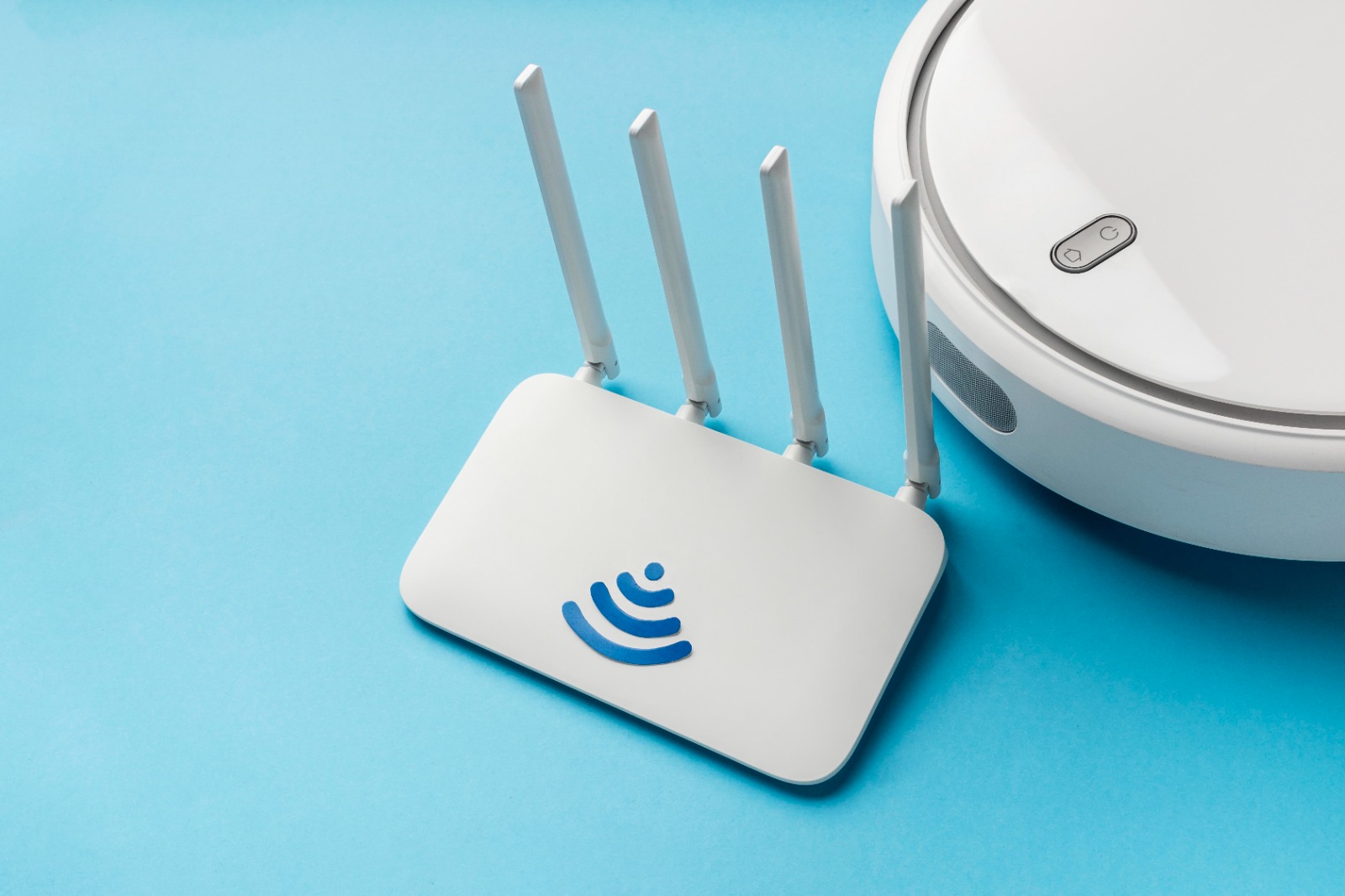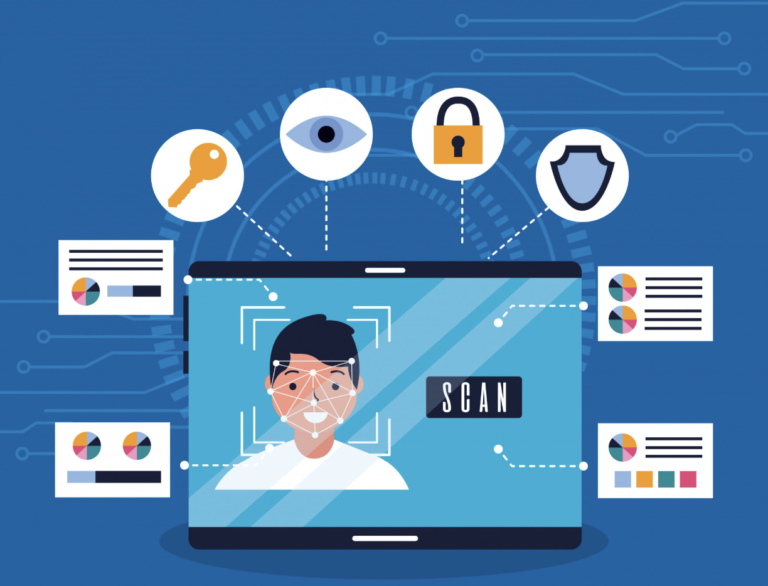How to Choose the Right Internet Provider
Spending too much time on choosing an internet provider might not appear beneficial until your video call freezes mid-sentence and your favorite movie takes forever to load. But with so many providers and plans out there, it’s easy to feel overwhelmed.
If this sounds relatable, you’ve come to the right place. Here’s a detailed guide on how to choose the right internet provider for your needs:
Assess Your Internet Needs
Here’s the thing: The best provider for someone else might not be the best option for your home. This is why it’s important to thoroughly assess your internet needs.
Consider your online activities. Here’s a general breakdown:
Casual browsing and emailing: A basic internet plan with 50-100 Mbps is fine.
Streaming in HD/4K: Go for an upgraded plan with 100-500 Mbps.
Remote work/ Video calling: Go with an internet plan with at least 500 Mbps and excellent uploading speed.
If you have smart home devices, such as thermostats or cameras, consider gigabit internet for seamless connectivity.
Next, consider the number of devices that will be connected simultaneously. Remember that more users mean more strain on your connection. But with high speed fiber internet, you can avoid network drops or slow speeds.
Research Reliable Providers Near Your Home
Once you’ve understood your internet needs, it’s time to find reliable providers available in your area. First off, get recommendations from your neighbors or friends who live nearby. They are more likely to give you an honest review of the provider’s services.
Consider comparison tools or websites. All you have to do is enter your zip code, and you’ll see a list of providers available in your area. The best thing you can do is contact providers directly. Check their website or give them a call to get accurate information about their coverage.
Compare Features and Costs
Once you’ve shortlisted a couple of providers in your area, compare what they’re actually offering. Check the following things:
Monthly price. Check the base price and see how long it lasts. Many providers offer unbelievably low introductory prices before jumping high after 6-12 months.
Speed. Reliable providers like Windstream have different plans, going from 100 Mbps to 2 Gigabit.
Data caps. Some providers limit monthly data usage. Remember to read the fine print.
Don’t forget about additional or hidden costs. This includes:
- Installation fees
- Equipment rental
- Earning termination fees
- Upgradation costs
Choose a plan that fits your budget.
Evaluate Customer Service
This is extremely important. Consider user reviews and ratings to assess the reliability of providers. The aim is to determine how quickly the provider responds to outages, technical issues, and inquiries.
Make sure the company offers 24/7 customer support via email, live chat, or phone. Test the service yourself by calling or chatting with a support agent. If you find yourself stuck waiting hours on hold, it’s best to take your business elsewhere.
Many providers offer troubleshooting guides and mobile apps to help you quickly fix problems or file a complaint.







